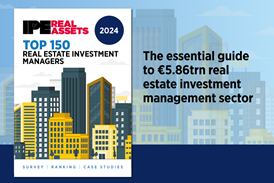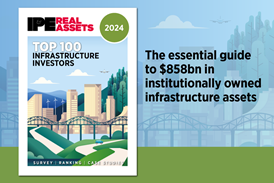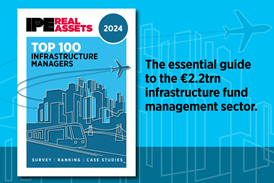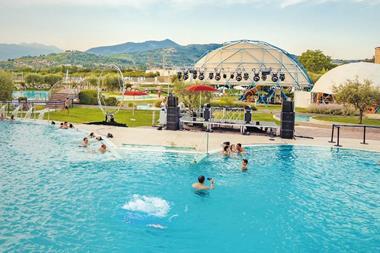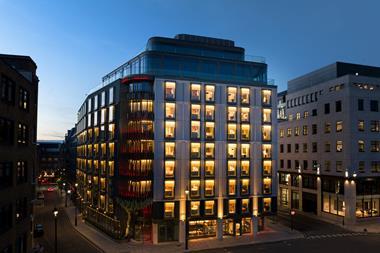The Nordic cities are poised for growth and investing in the underdeveloped residential market is a guarantee for success, a panel of experts agreed at the PropertyEU Nordics Investment Briefing, which was held in London last week.

‘Resi is attractive for investors because the urbanisation story applies to all four countries in the Nordics,’ said Ville Raitio, co-head of direct property, Nordic region at Aberdeen Asset Management. ‘Fundamentals are strong because there is rising demand and a shortage of supply in all four capitals.’
In their different ways Stockholm, Helsinki, Oslo and Copenhagen all have potential in terms of economic growth, increasing population and big infrastructure investments that will make them more attractive as places to live and to invest in. ‘They are what we at Aberdeen call winning cities, because they tick all the boxes,’ said Raitio.
Even if they are not large compared to other European cities, the four capitals are extremely important in the region because that is where 25% of the population lives, a much higher percentage than in France or Germany.
Big infrastructure plans like the Stockholm bypass project or the fast train from the Swedish capital to Malmo will enable people to live elsewhere and commute, opening up new residential areas. They will have an impact comparable to that of the Oresund bridge between Sweden and Denmark, which has changed the dynamics of life and work, the local economy and the property market.
The smartest move, Raitio said, is to identify and invest in areas where now there are warehouses or light industrial buildings, but that within five or 10 years at most will become residential because of demand and the expansion of cities as the urbanisation process continues.
In Sweden, the city story is not limited to the capital but involves the 10 largest urban centres. ‘The country is so vast that each city, like Lulea in the north, is a microcosm that needs its own shops and offices, as there is no chance of commuting or travelling to shop,’ said Rikke Lykke, managing director of Patrizia Nordics. ‘The residential aspect is also very important, as none of the large cities has nearly enough residential stock.’
In Lulea and other northern cities people wait for years to get an apartment, said Julia Mejegard, senior investment professional at Areim: ‘It is the most core investment you can possibly do.’
It is core because risk is extremely low, in Sweden as well as in Denmark, said Lykke: ‘Demand is so high that your apartment will always have a tenant, rolling contracts without a day’s vacancy are the norm and with every new tenant the rent increases.’
Beyond the Nordics, the new investment frontier will be the Baltic states, experts believe, as yields have come down significantly, core properties are still attractively priced and now there are euro-area low interest rates.
‘We are seeing an increased interest in that market, which offers higher returns and where the Nordic banks are major lenders. We like the fundamentals behind the Baltics, and we like the yield gap,’ said Andrew Smith, partner at Catella.
‘It is still a small market, with transaction volumes at around €1.3 bn, but it is becoming more liquid,’ said Arvid Lindqvist, head of research at Catella. ‘We believe it is a very interesting market that will attract institutional money as the economies mature.’
